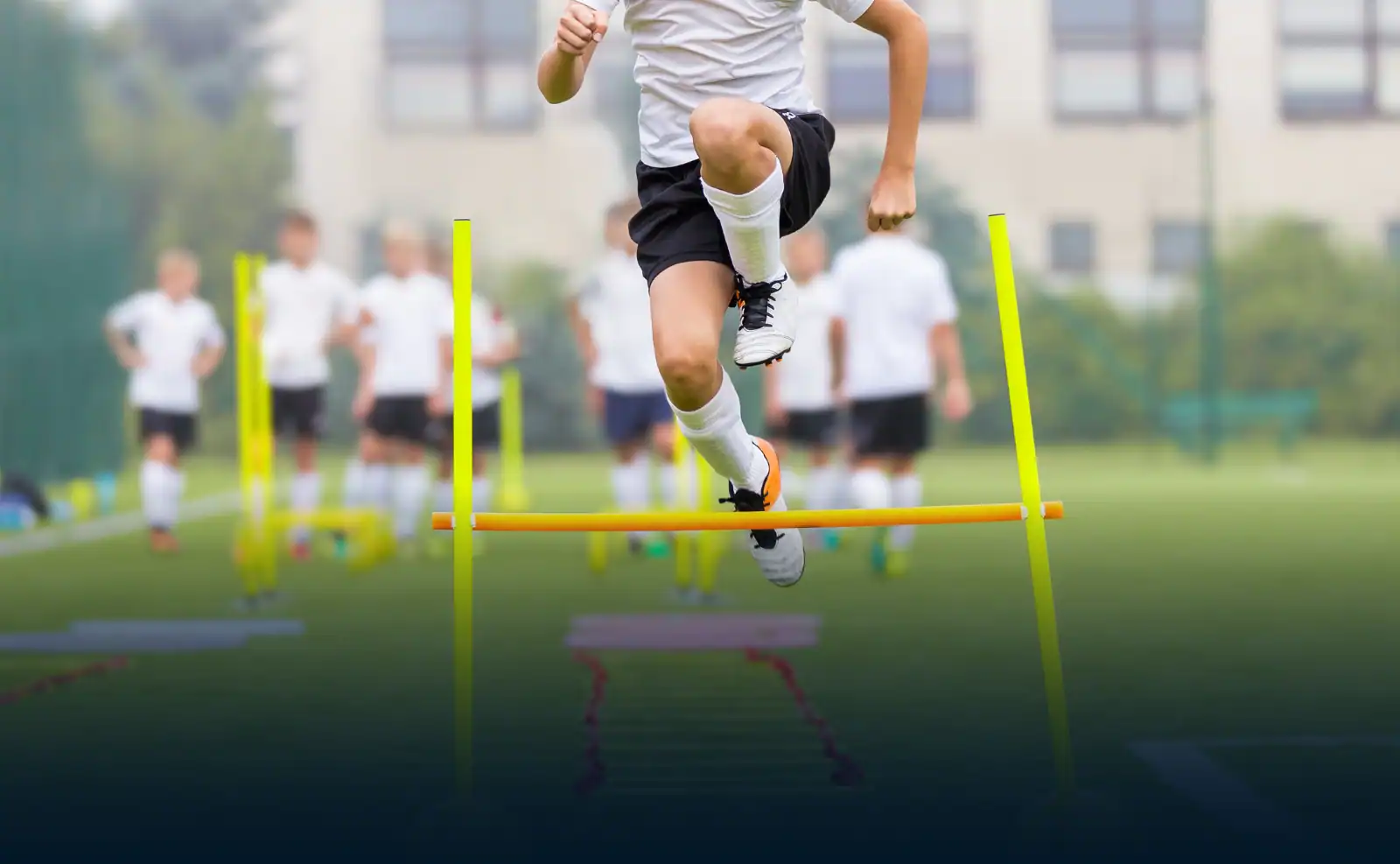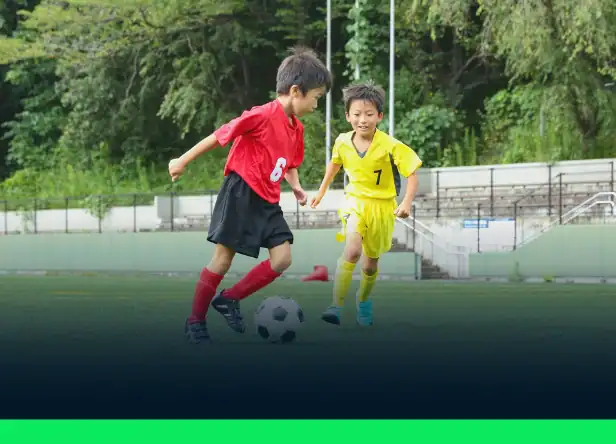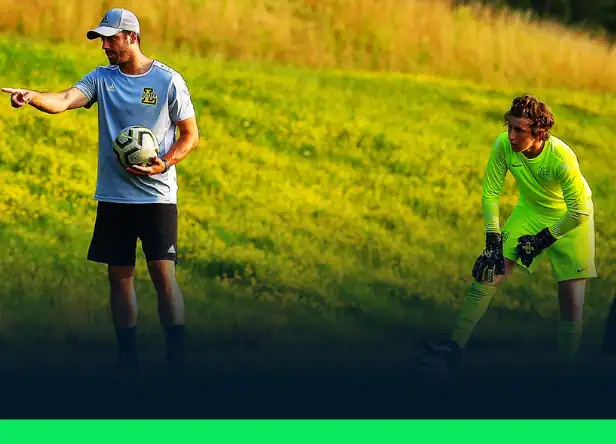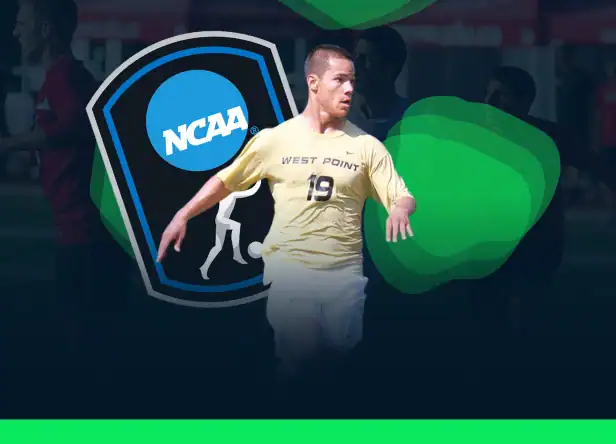When organizing a complete soccer training session, it’s common to run out of ideas after several practices. Using training accessories allows players to work on different aspects of the game-technical skills, tactics, speed, and endurance-regardless of their level.
Soccer Training Equipment
There is a wide range of equipment used in soccer, with varying usefulness depending on the player’s position and the team tactics chosen by the coach. Selecting the right training tools is essential for running efficient sessions. Good equipment not only improves individual technique but also provides players with tools for physical conditioning and mental preparation.
Maximize every training session with the right gear—from classic cones to cutting-edge GPS trackers, these tools help players develop technique, tactical awareness, speed and endurance. Whether you coach youth athletes, amateur sides or professional squads, incorporating these accessories into practice keeps sessions fresh, focused, and performance-driven.
Here are the 10 most common and recommended accessories, used in both professional and amateur clubs, to optimize soccer training sessions. (We skipped the obvious one: the ball!)
Cones
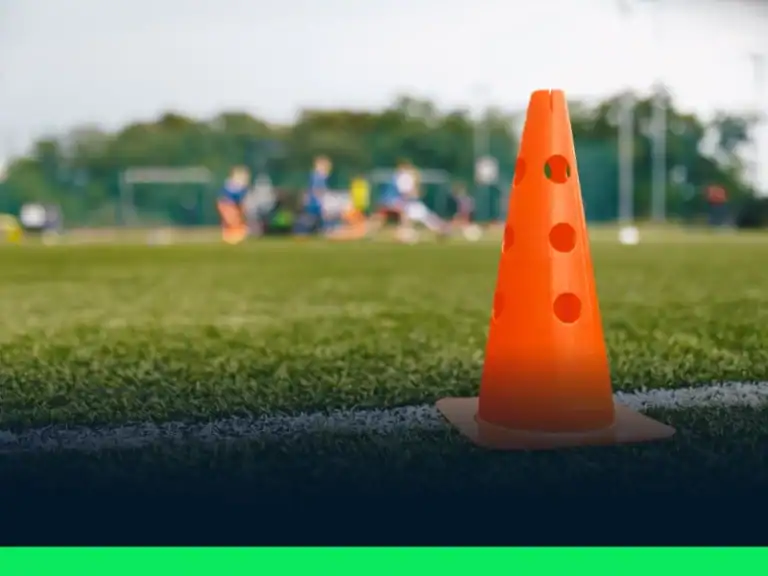
Cones are the workhorse of any training pitch. Used to outline drill areas, create slalom channels and mark passing targets, they impose structure on technical exercises and accelerate change-of-direction skills. Their low profile and lightweight design mean coaches can rapidly reconfigure layouts for dribbling circuits, shuttle runs and agility courses.
- Ideal spacing: 1–2 metres for tight footwork, 5–7 metres for sprint and recovery work.
- Material: Stackable, UV-resistant plastic stands up to all weather conditions.
Disc Cones
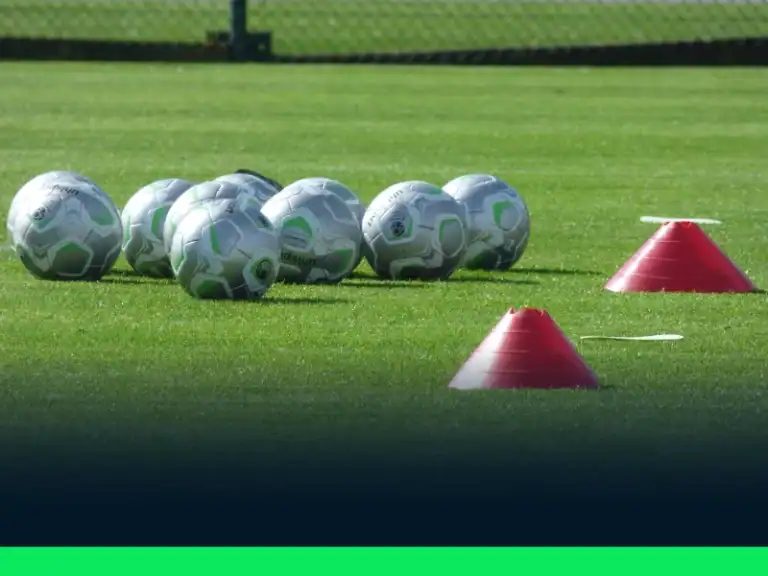
If you’ve played soccer, you know these already. Disc cones are a must-have, similar to tall cones but lower and more stable, making them perfect for marking areas or setting up training grids.
Disc cones (or “flat markers”) are perfect for ground-based drills. Their pancake shape prevents tipping, making them optimal for dribbling ladders, tight ball-control exercises and possession grids. Unlike traffic cones, disc cones sit flush to the turf, so players can execute quick touches without obstruction.
Rebound Board
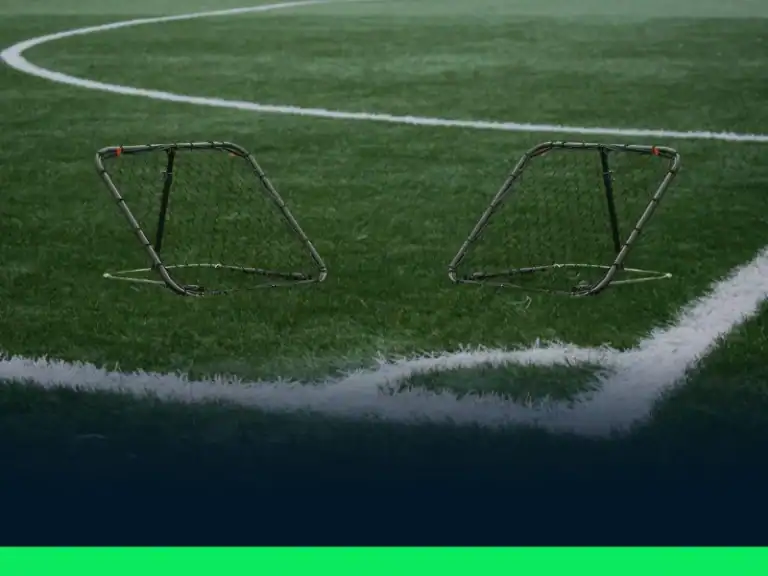
A rebound board (sometimes called a rebounder) is indispensable for honing first touch and passing precision. It returns the ball at variable angles and speeds, simulating unpredictable game scenarios. Use it for:
- Volleying and half-volley drills
- One-touch finishing practice
- Receiving aerial passes under pressure
Added Tip: Angle the net at 45° for ground passes, 60° for lofted returns.
Training Bibs
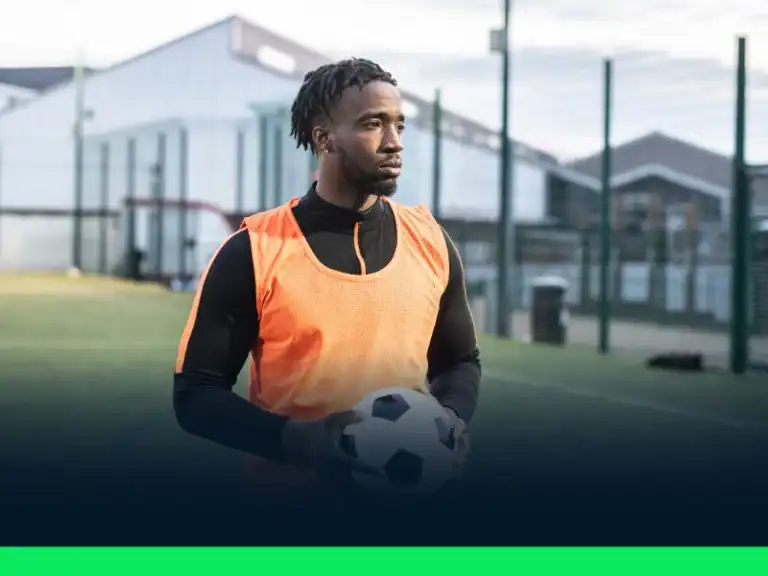
Training bibs (or pinnies) may seem rudimentary, but they’re crucial for small-sided games, positional drills and fast squad rotations. Available in neon or contrasting colours, bibs enable split-team scrimmages and help coaches visually track tactical formations.
Added Insight: Use reversible bibs for dynamic role changes during rondo or overload/underload games.
Agility Hurdles
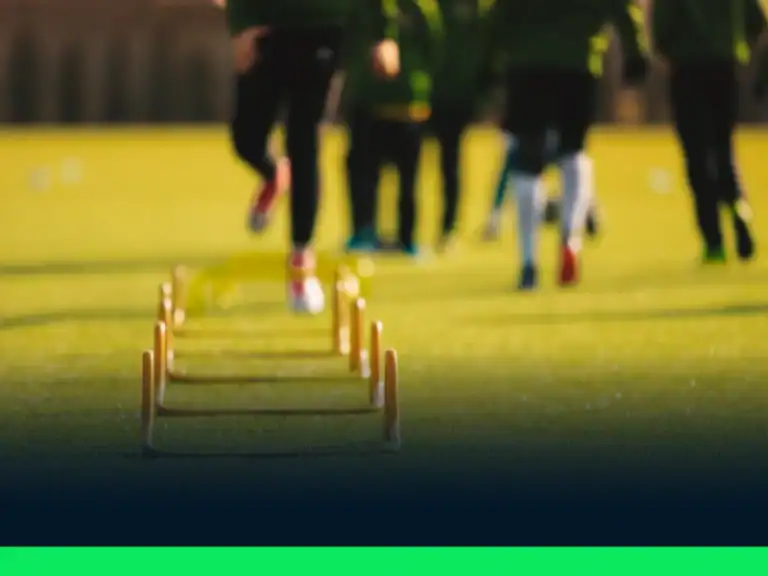
Agility hurdles are lightweight obstacles used to improve speed, coordination, and quick changes of direction.
These hurdles sharpen explosive power, coordination and foot-speed. Set them in straight lines for bounding drills or staggered patterns to mimic defensive evasions. Players drive knees high, focus on soft landings and maintain forward momentum—skills vital when evading markers in transitional play.
Speed Ladder
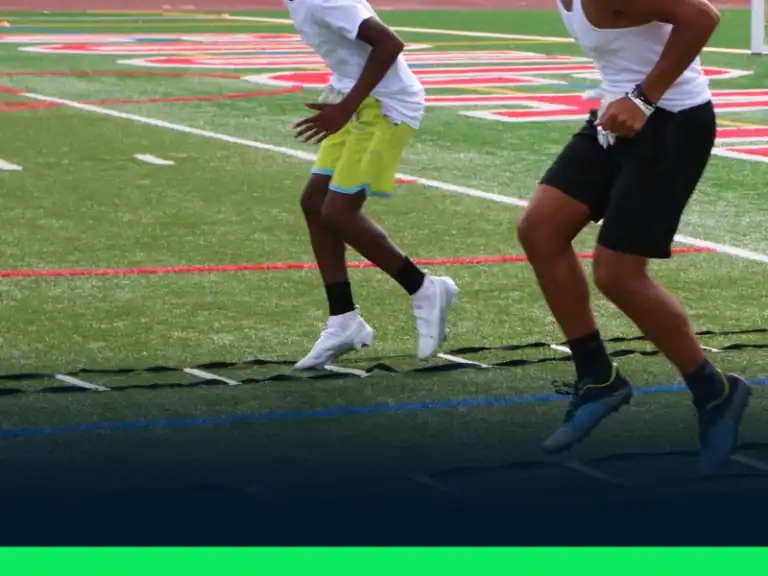
The speed ladder is one of the best tools for improving footwork, coordination, and agility.
A speed ladder provides structured footwork patterns that translate to quicker first-step bursts and improved balance in tight spaces. Incorporate “in–out” sequences, zig-zags and crossover steps to reinforce neuromuscular coordination. Ideal for dynamic warm-ups, plyometric integration and reaction-based games.
Training Mannequin
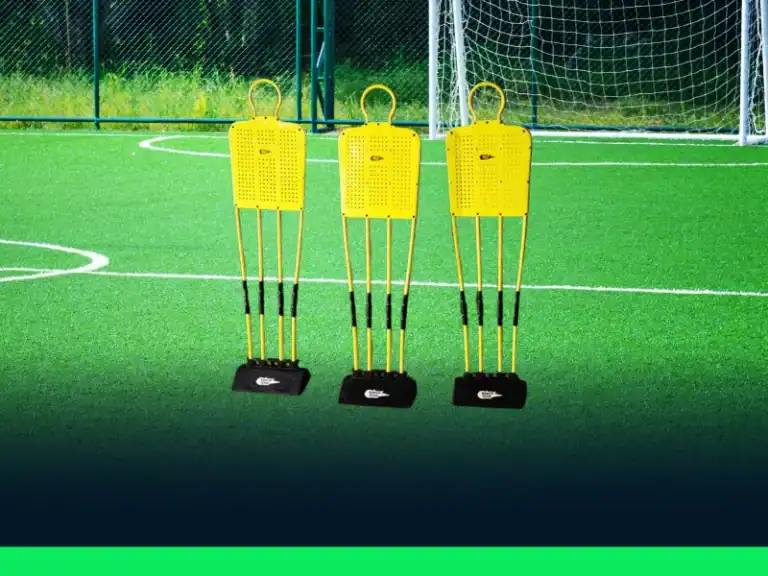
Training mannequins are more expensive but extremely effective for simulating real match situations. Common in professional clubs, they help train key elements like defensive positioning, dribbling under pressure, or set-piece execution.
Free-kick mannequins (or defensive walls) are essential for set-piece and positional training. Position them to replicate opponent lines, forcing players to finesse curling shots around obstacles or thread passes through narrow channels. Advanced silicone mannequins even replicate player movement, upping the realism of pressing drills.
Resistance Bands
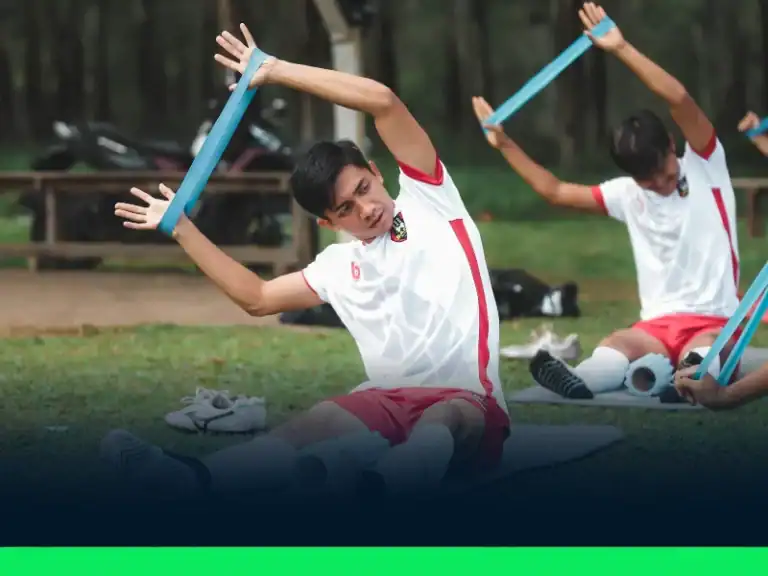
Resistance bands are excellent for building leg strength, explosiveness, and balance while reducing injury risks.
Resistance bands deliver functional strength-building and corrective activation for hips, glutes and ankles. Use them for lateral shuffles, resisted sprints and hip-circle warm-ups. By loading muscles through multi-planar movement, bands bolster joint stability—key for injury prevention in cutting and pivoting actions.
Additional Advice: Incorporate band-assisted stretching post-session to enhance flexibility and accelerate recovery.
Soccer Camera
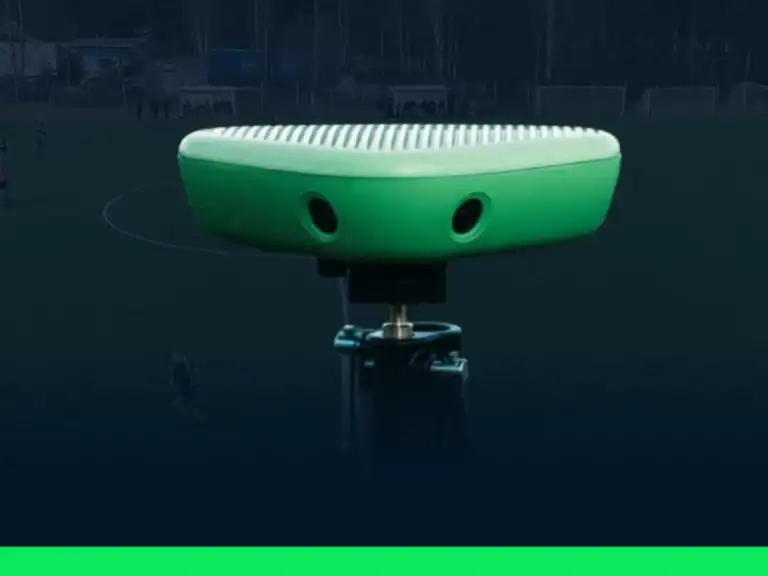
Once reserved for elite clubs, soccer cameras are now accessible to amateurs and semi-pros. They allow coaches and players to film matches or training sessions in high definition for detailed analysis.
Action cameras and panoramic systems enable in-depth performance analysis. Devices such as the Veo Cam 3 or Pixellot Air offer 4K resolution, auto-tracking and AI-driven event tagging. Video review reveals off-the-ball positioning, transition patterns and tactical lapses that aren’t obvious in live drills.
How much does a soccer camera cost? Cost Breakdown:
- Camera unit: $900–$1,600 (Veo Cam 3, Pixellot Air)
- Monthly subscription: $45–$175 (cloud storage, analytics, live streaming. Depending on features like video analysis, storage, and live streaming.)
Soccer GPS Tracker
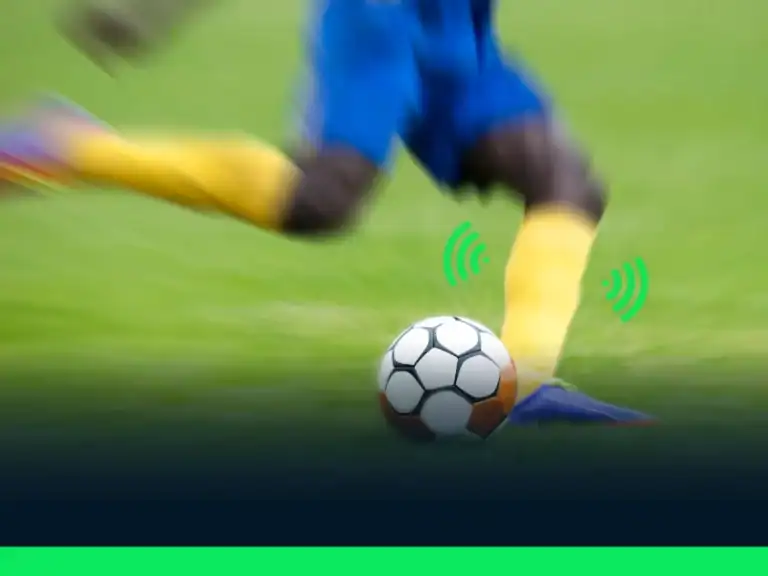
The GPS tracker is one of the most advanced modern training tools. It monitors real-time player performance, recording data such as total distance, sprint speed, and acceleration.
Wearable GPS units (e.g., STATSports, Catapult) furnish real-time data on total distance, high-speed running, acceleration and load metrics. Coaches leverage this insight to tailor conditioning, avoid overtraining and benchmark player fitness. Integration with heart-rate monitors and inertial sensors pinpoints fatigue levels, enhancing periodization strategies.
Summary Table: Best Soccer Training Accessories
Here is a table of the best accessories in soccer with their uses.
| Accessory | Primary Application |
|---|---|
| Cones | Mark areas, slalom paths, and improve reaction/mobility. |
| Disc Cones | Ideal for dribbling drills, low-movement exercises, and marking zones. |
| Rebound Board | Improves ball reception, passing accuracy, and volley reactions. |
| Training Bibs | Differentiate teams during drills and scrimmages. |
| Agility Hurdles | Work on speed, agility, and quick directional changes. |
| Speed Ladder | Develop fast feet, coordination, and reactivity. |
| Training Mannequin | Simulate opponents for free kicks, corners, and dribbling drills. |
| Soccer Camera | Record matches/sessions for detailed video analysis. |
| GPS Tracker | Measure distance, speed, and physical performance. |
| Resistance Bands | Build muscle strength, stability, and explosive speed. |
Soccer Training Accessories: Final Thoughts
By blending time-tested training staples with data-driven technologies, coaches can craft holistic sessions that elevate individual skills and collective tactics. While gear like cones, ladders and pinnies lay the foundation for technical and small-sided work, tools such as GPS trackers and camera systems unlock deeper performance insights. Investing in the right accessories not only augments player development but also fortifies injury prevention and tactical coherence—essential for success at all levels of the beautiful game.
Whether you’re coaching at an amateur or professional level, investing in the right soccer training accessories helps boost individual performance, improve team cohesion, reduce injury risks, and achieve better results on the field.

